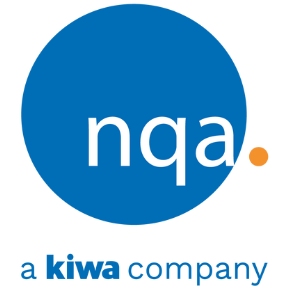ISO 45001:2018 - Worker Consultation and Participation
Why is worker consultation and participation critical to the successful and effective operation of an OHS management system?
Who needs it – it is a management system?
Well, as workers are fundamentally the most valuable asset of an organization, and they are the group we are aiming to protect, then it makes sense to draw on their understanding, knowledge and views.
As people, we all want to play our part and be involved, and workers are no different. We will cooperate more willingly when we understand what are the intended purposes and our opinions and knowledge have been aired and listened to.
By considering what is needed for effective communication and the value demonstrated to workers for their input and engagement, then this will aid the delivery of the requirements and the on-going development for continual improvement.
So when it comes to communication, consultation and participation, it can take many forms, and be both formal and informal within the organization.
OHS system structures and activities should be considered and implemented to encourage the engagement with workers.
These can include:
-
Involvement in strategy and policy of the organization
-
Formal and informal suggestion schemes
-
Regular briefings and discussion forums
-
Cross functional project groups
-
Reviews of existing arrangements and potential improvements
-
Worker training and development
-
Resource changes and working method revision
-
Analysis of performance
-
Hazard and risk assessment participation
-
Incident investigations - that reflect the actual relevant circumstances, contributing factors and actions.
-
Knowledge and understanding of Workers roles and responsibilities
-
Relevant knowledge and understanding of statutory and compliance requirements
Consideration of the methods, language and even the location should be appropriate and meaningful to the group and not alienating.
Workers can have an in-depth understanding at varying levels of operations, regarding the hazards and controls, and the application of proposed changes. This knowledge and understanding may not be captured fully in training or control processes but can be utilized to contribute positively in there development.
All organizations are unique and will vary from one to the other. By developing an organization culture of worker consultation and participation, then the effectiveness of the OHS management system can only be enhanced and improved.
During an audit, a range of evidence may be used to aid the evaluation including; records and minutes of meetings, assessment documents recording who participated, investigation records, verbal statements and discussions with workers, observational information from process tours, resources evident in the workplace, information displays, performance and activity information and policy statements. This is just a sample of the information which could be relevant to the assessments.
NQA is there to support your OHS needs with training, webinars, blogs, gap analysis and guidance information, feel free to get in touch at anytime.
Stay safe and never stop improving.
Reviewed by: Terry Fisher, NQA Occupational Health & Safety Principal Assessor
